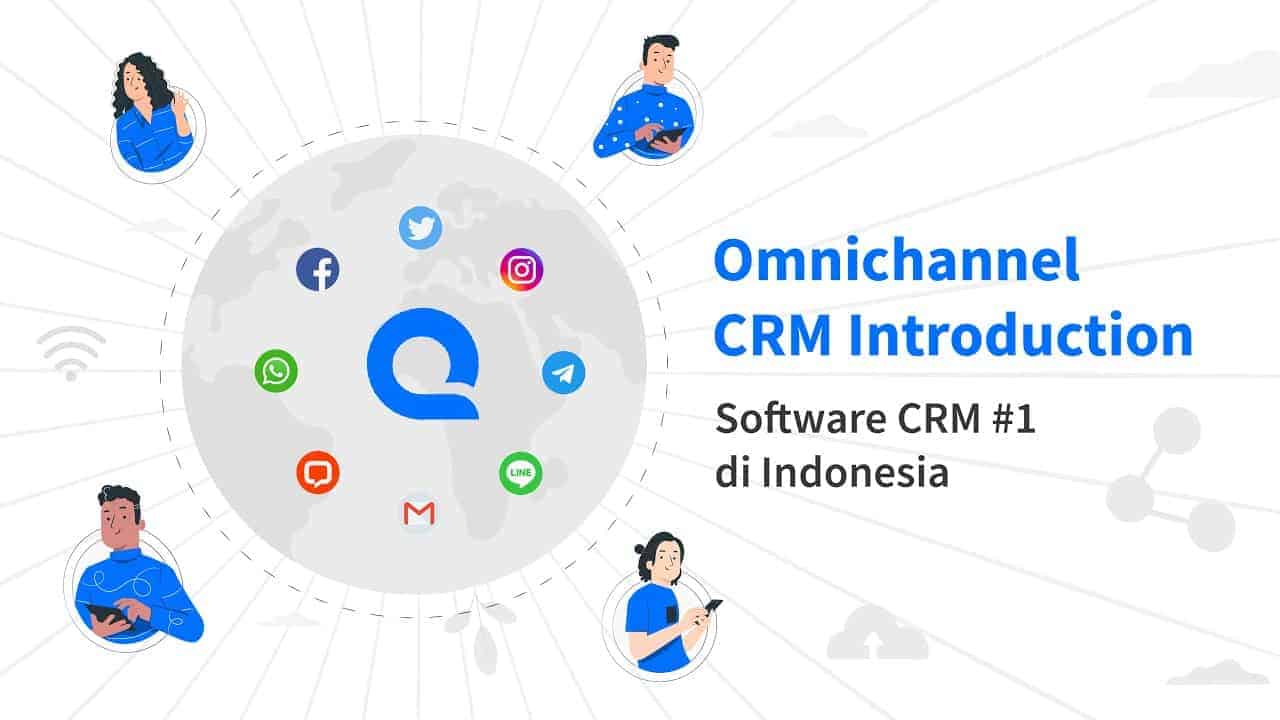
Increasing your conversion rate can significantly enhance your business’s bottom line. However, turning website visitors into customers can be challenging. Some may wonder, “How to increase conversion rate effectively?” And if you experience this challenge, you are not alone. Many businesses struggle with this very issue.
But don’t worry, this article is here to help. We will guide you through proven strategies designed to enhance your conversion rate. From understanding your audience to optimizing your website design, we’ll provide actionable insights to help you turn prospects into profits.
Read More: What is Conversion Rate and Why is it Important?
How to increase conversion rate?
There are several ways to improve the conversion rate, including:
1. Create a CRO plan
The first strategy you can adapt to increase your business conversion rate is a Conversion Rate Optimization (CRO) planner.
A CRO planner can help you analyze and develop strategies to increase your business conversion ratio.
Use case: Imagine you run an online store. Your CRO plan could involve analyzing the user journey from product discovery to purchase and finding ways to make it smoother.
2. Make your website user-friendly
A website that is easy to navigate, with a clear structure and intuitive design, will make it easier for visitors to find what they are looking for and increase the likelihood that they will convert.
Navigation should be intuitive, so visitors can find what they need with minimal effort.
A clear and consistent design will also help visitors understand what your website is about and what products or services you offer.
Use case: Think of your website as a physical store. Like in a store, it’s crucial to have clear signs and a layout that helps customers easily find what they want.
3. Optimize your landing pages
Make sure your landing pages are tailored to the specific product or service you are promoting and include clear calls to action. Use persuasive language and highlight the benefits of your offering.
Landing pages are a crucial component of your website and are often the first thing visitors see when they arrive.
Use case: If advertising a special offer on your landing page, ensure it’s front and center, like placing a “50% Off” banner at the top.
4. Communicates a Unique Selling Proposition (USP)
Every landing page should communicate your business’s unique selling proposition. However, before proceeding, you must have a solid understanding of your buyer persona and audience.
In addition, you should compare the advantages of your product or service to its drawbacks. The benefits of your product will assist prospective customers in imagining their lives with it.
Use case: If you sell smartphones, your USP might be that your phones have longer battery life than competitors. Highlight this on your landing page.
5. Improve website speed
A slow-loading website can be frustrating for visitors, and it can also affect your search engine rankings.
Optimize images to reduce their file size, remove unnecessary code, and consider using a content delivery network (CDN) to speed up your website.
Use case: A website that loads slowly is like a store where the door is hard to open. Visitors get frustrated and may leave. Speed up your website like you would fix a sticky wicket.
6. Target the right audience
Make sure your marketing campaigns are reaching the right people. Use tools like Google Analytics to understand your audience, and use that information to create targeted campaigns.
Understanding your audience is vital to creating successful marketing campaigns. Use tools like Google Analytics to gain insights into your visitors, where they come from, and what they’re interested in.
Use case: If you’re selling sports equipment, ensure your ads are shown to sports enthusiasts, not people interested in cooking.
7. Make it easy to buy
Minimize the number of steps in your checkout process and make sure the process is mobile-friendly. Offer multiple payment options and make sure your website is secure.
A simple, streamlined checkout process can significantly impact conversion rates.
Use case: Streamline your checkout process by having a cashier at a store who quickly processes payments, ensuring customers don’t abandon their carts.
8. Test and optimize
Experiment with different versions of your website and landing pages using A/B testing to see which ones perform the best. Then make changes based on the results of your tests to improve your conversion rate.
This can help you identify what’s working and not, so you can make changes to improve your conversion rate.
Use case: Consider A/B testing as trying out different store layouts to see which attracts more shoppers. You go with the layout that brings in more customers.
9. Personalize the experience
Use visitor data to create personalized experiences that will encourage visitors to convert.
Personalization can help you create a more relevant experience for your visitors, which can increase conversion rates.
For example, you can use visitor data to show personalized product recommendations or offer customized discounts.
Use case: Personalization is like a store where the staff remembers your name and preferences— in online stores, it means showing product recommendations based on past purchases.
10. Add live chat
With the live chat feature, you can improve customer service and the customer journey and reduce potential customers’ worries about your product or service.
Remember, your visitors may not convert because they have questions or concerns about your product or service but need help finding an answer or asking people.
Use case: Live chat is like having store staff available to answer questions in real time. It helps customers make decisions and boosts their confidence in buying.
11. Create a compelling CTA
One of the conversion components that is no less important is the call-to-action (CTA). In this case, the CTA could be a download offer, sharing a social media post, or subscribing to an email.
You must include CTAs throughout your website and landing pages to increase conversion rates. Also, you should ensure that the CTA is clear and easy to access.
Use case: Consider a CTA as a “Buy Now” button in a store, prompting customers to purchase. Make it stand out, just like you’d highlight a special display.
12. Avoid excessive spam pop-ups
Regarding CTAs, removing anything on your landing page that will encourage visitors to take the desired action is very significant.
In this case, you can eliminate unnecessary links, pop-ups, or navigation options that can distract visitors.
Use case: Consider a CTA as a “Buy Now” button in a store, prompting customers to purchase. Make it stand out, just like you’d highlight a special display.
13. Use social proof
Include customer reviews, testimonials, and trust badges on your website to build trust and credibility with potential customers. Social proof is a powerful tool that can help you build trust with visitors.
When potential customers see that others have had positive experiences with your products or services, they’re more likely to convert.
Use case: Consider a CTA as a “Buy Now” button in a store, prompting customers to purchase. Make it stand out, just like you’d highlight a special display.
14. Offer incentives
Use discounts, coupons, and other incentives to encourage visitors to convert. Offering incentives, such as discounts or coupons, can be a powerful way to encourage visitors to convert.
In this case, you can consider offering a discount for first-time customers or a loyalty program for repeat customers.
Use case: Offering a discount is like giving a coupon to customers in a store. It encourages them to buy and provides a sense of getting a good deal.
15. Monitor and analyze
Regularly monitoring and analyzing your website’s performance is crucial for identifying areas that need improvement and making data-driven decisions.
Use analytics tools to track key metrics such as conversion rate, bounce rate, and average order value to gain insights into your website’s performance.
Use this data to make informed decisions about improving your website and marketing campaigns to increase conversions.
Use case: Monitoring website performance is like tracking daily sales in a store. It helps you understand what’s working and where improvements are needed.
Increase your conversion rate today with Mekari Qontak!
By implementing the strategies discussed in this article, you can increase your website’s conversion rate and drive more sales for your business.
It’s important to remember that improving the conversion rate is not a one-time task, it requires continuous testing, optimization, and analysis. Keep experimenting with different techniques and always look for new ways to improve your website’s performance.
To help you improve your website’s conversion rate, consider using CRM and Omnichannel software from Mekari Qontak. These tools can optimize your website’s design, target the right audience, and build trust with customers.
Try Mekari Qontak today and see the difference it can make for your business!








